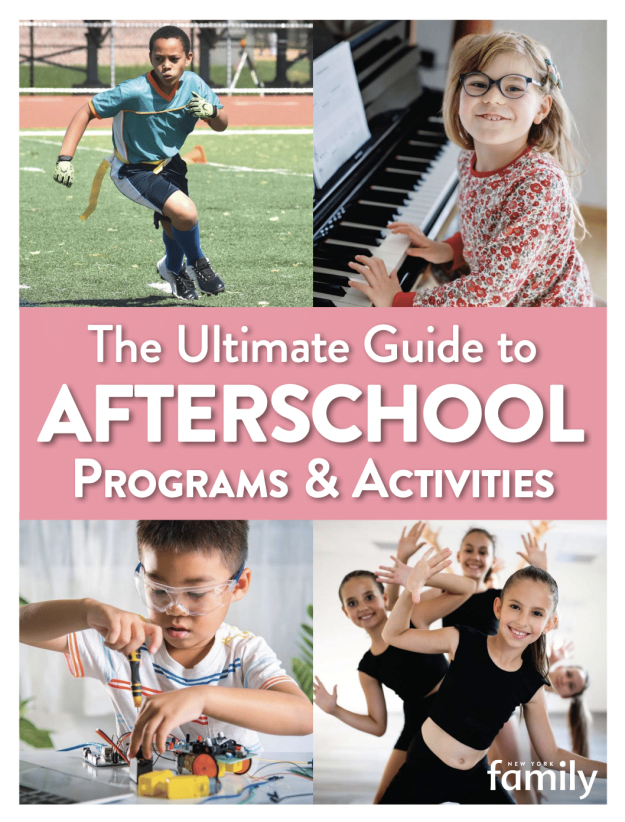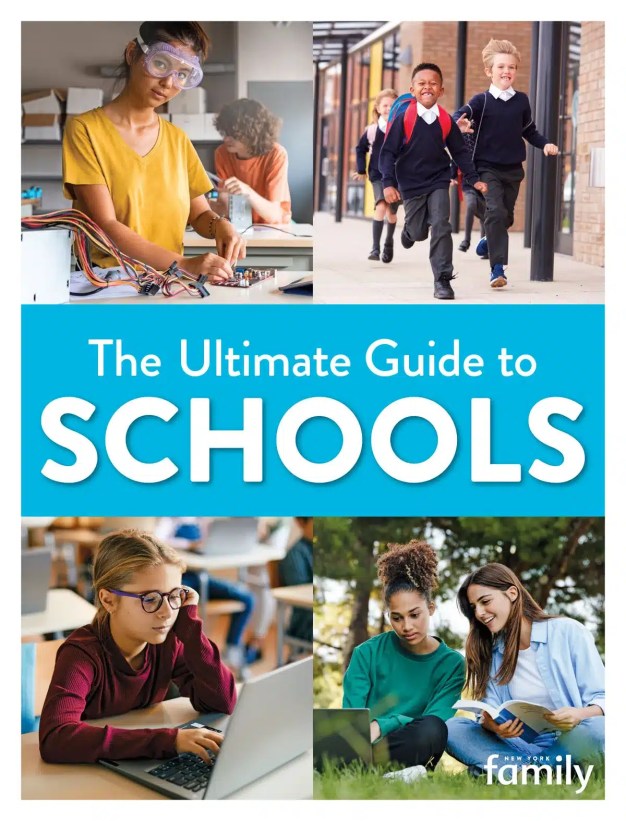Gotham summer is fading into autumn, which means thoughts of going back to school loom for New York City’s one million-plus public school kids. But this fall, some of these lucky students have a reason to be excited because they will be participating in the Wellness in the Schools program, which is designed to teach school cooks how to plan and create tasty meals prepared from scratch.
The program — which has received a big thumbs up from parents who have written in to praise its efforts — has managed to transform outdated menus full of boring, energy-sucking grub into delightfully nutritious cafe-style cuisine in more than 40 school cafeterias in Manhattan, the Bronx, South Bronx, and Brooklyn since 2005.
How it started
In 2005, Nancy Easton — a former city school teacher, principal, and Upper West Side mom — became increasingly concerned about what her 5-, 8-, and 11-year-old children were eating during lunch hour as she sat in on school meetings. In response to the issue, she created the Wellness in the Schools movement.
The uber-proactive alumni of PS 333 (now a “wellness” school), has said that when she was an educator in the city’s school system, she couldn’t help but notice many students’ poor eating habits. She knew all too well how it adversely affected their ability to learn and perform in the classroom.
Easton’s friend, world-class chef, and four-star restaurant owner Bill Telepan joined Wellness in the Schools as its volunteer executive chef in 2008. As a dad and food expert who believes that “wellness is the way we live,” Telepan felt he needed to make a positive change after he noticed how wilted the salad bar was in his 11-year-old daughter Leah’s school cafeteria at PS 87. Employing his white-tablecloth skills, he carved time out of his busy schedule to train cafeteria staff. Before long, they learned how to make wraps filled with chicken or beans and added options like fresh romaine lettuce, cucumber, celery, corn, onions, cheddar — and even whole-wheat pasta salad — to the salad bar. The kids didn’t come back for just seconds — they came back for sevenths!
“I set up three days with the Department of Education in which I could cook in my daughter’s school. We were serving sandwiches and pasta sauces with pesto and chickpeas. On Pizza Fridays, we made whole-wheat flatbread pizzas.”
Working with other parents, public school officials, and the Department of Education’s food service, the two parents bravely moved forward with their health plan.
What it does
Wellness in the Schools has partnered with top culinary schools in the city, which sends its graduates to school kitchens to demonstrate how U.S. Department of Agriculture-allotted and budgeted food can easily be transformed into appealing, wholesome fare. This includes vegetarian chili, which, when cooked in volume, can feed an army of hungry kindergarten through 12th graders.
The program also offers a quarterly plan called Cook for Kids that offers students hands-on classes, where they learn how to whip up yummy, nutritious dishes using preservative-free ingredients and produce from local green markets. This results in kids bringing home new recipes that they can prepare with their parents, advocating bonding and good eating habits for people of all ages.
Yet, despite all of Wellness in the School’s great intentions, a handful of public school cafeterias still have cooks who may still be mixing ketchup and grape jelly to make barbecue sauce. According to a recent study, more than 70 percent of public schools serve food that is high in fat and loaded with sugar and salt because, even though it’s unhealthy, the nutrient guidelines for vitamins, minerals, and protein are met. One can only hope that down the road, the “Top 10 bad foods” — which include peanut butter, jelly, breaded chicken products, cereals, French fries, burgers, meat sauces, Jamaican beef patties, canned ravioli, and cold cuts with nitrates — will gradually be replaced with healthier and fresher options.
Easton, whose family eats what she preaches, said she likes to food shop with her kids.
“We visit green markets as often as we can on weekends. [My kids] cook with me and I don’t make too many ‘forbidden fruits.’ We have dessert, but I try to keep it wholesome. We avoid processed food and eat well-balanced meals.”
Healthy bodies, healthy minds
Eating nutritious food that fuels the body isn’t the only ingredient necessary for a healthy lifestyle.
“We’re also a very active family,” says Easton. “We enjoy bike riding along the river, museums, and exploring different foods and neighborhoods in the city.”
Due to this smart and activity-loving mentality, Wellness in the Schools also works closely with Asphalt Green — a recess enhancement program in the South Bronx — to create the Coach for Kids program. It provides fitness and sports instruction by sending coaches to needy schools. And another organization, Partnering with SportimeNY, also partners with Wellness in the Schools in order to bring tennis to five schools on the Upper East Side.
Outlook for fall and beyond
In a recent speech, Mayor Bloomberg noted that after decades of increases there was a surprising 5.5 percent drop in the amount of obese children in public school. This translates into roughly 6,500 fewer overweight kids. Easton and Telepan have been acknowledged as an inspirational force by the White House and First Lady Michelle Obama’s Chefs Move to Schools initiative, and recently spread their wellness-gospel on the Cooking Channel’s Game Changers segment.
And although Easton says that “there’s a lot of excitement and growth” in store for Wellness in the Schools, not every public school will be affected by this positive change. Despite the fact that Bloomberg mentioned in his speech that an overwhelming majority of parents think their children are fit and at a healthy weight, he also said that “the facts tell a different story.”
Parents and educators who are still frustrated by unhealthy food options in their children’s cafeterias can bring change to their own schools by reaching out to Wellness in the Schools or by working with their schools’ administrations — and fellow parents — to encourage their kitchens to cook from scratch. Parents should also do their part by cooking simple, fresh, nutritious, kid-friendly meals at home with their children — it teaches them healthy eating habits that will last them a lifetime.
Wellness in the Schools is on Facebook and Twitter.
Tammy Scileppi is a Queens-based writer and journalist who has interviewed and profiled many interesting people, including several celebrities. She has been covering arts and entertainment in New York City, but also enjoys sharing her insightful articles with NY Parenting readers. As a mom, she has lots of parenting experience under her belt, having raised a bright and independent teenage son (in college), and his older brother, who is a super-talented actor and comedian.





















